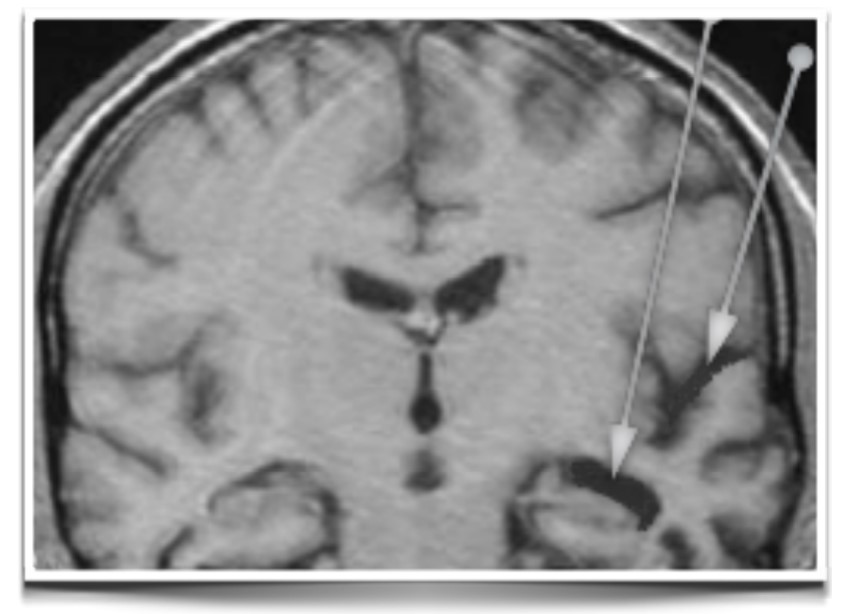Semantic dementia, also called semantic variant primary progressive aphasia, is a type of frontotemporal dementia.
Others of frontotemporal dementia include frontotemporal dementia with behavioral variant and primary progressive nonfluid aphasia.

The pattern of disturbances in this form of dementia is different from that seen in more common dementias, such as Alzheimer’s disease, in which disturbances in recent memory, for example, are often an early symptom.
In contrast, in semantic dementia, recent daily memories and visuospatial function are relatively well preserved.
This means that people with this form of dementia are often able to recall recent events and can walk around their locality on their own without getting lost.
There are, however, significant changes in communication skills, personality, and behavior in semantic dementia.
The loss of semantic knowledge leads to difficulty finding words in conversation, including the names of people, places, and objects, as well as significant difficulty understanding the speech of others.
Semantic loss extends beyond language skills to affect nonverbal understanding of the world.
This leads to problems recognizing and understanding words, objects, faces, sounds, smells, touch and tastes, and causes challenges with activities of daily living.
Thus, sufferers may not be able to demonstrate how to use common items, such as a hammer or a comb.
Personality and behavioral changes are also common in this dementia, with behavioral characteristics having much in common with the behavioral variant of frontotemporal dementia in the later stages of the disease.
